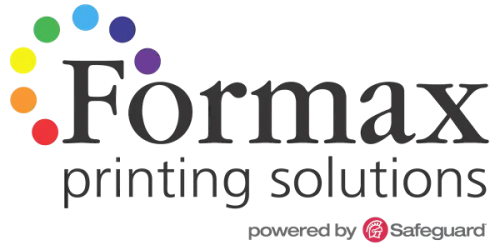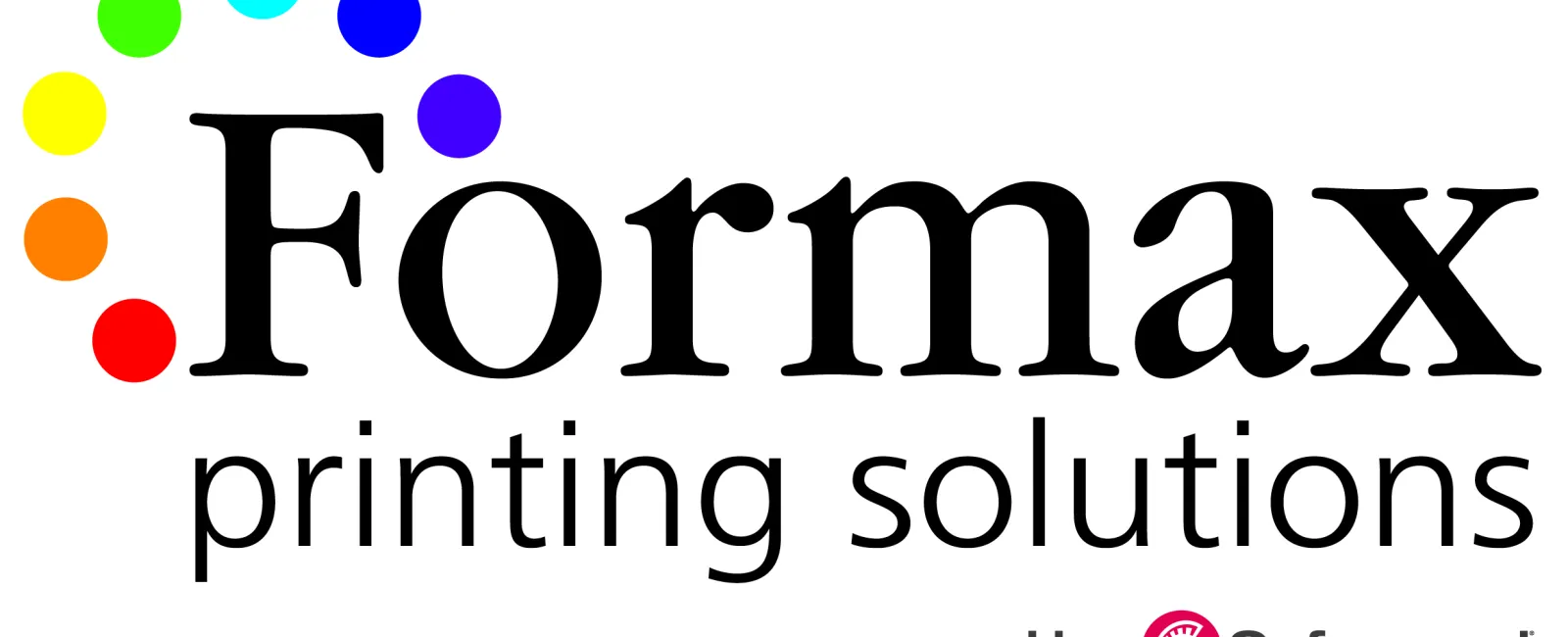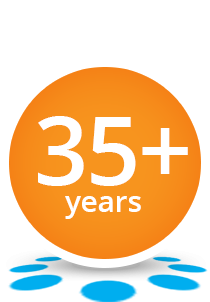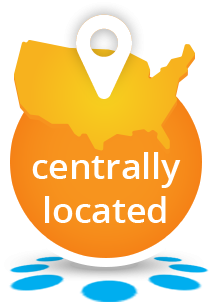In specific book projects, it is necessary for the books to have a small size. Apart from the reduced width and height dimensions, the thickness of the book is sometimes required to be kept to a minimum as well.
While there isn't a strict size guideline, printers generally categorize a book as "small" if it measures 4" x 6" or smaller. These compact books are referred to by various names such as mini books, miniature books, or pocket-sized books. These smaller dimensions make them portable and convenient for readers to carry in their pockets or bags, allowing for easy access and on-the-go reading.
Small-sized books are popular for a range of genres, including novellas, poetry collections, travel guides, and even certain types of children's books. Their diminutive form adds a unique charm and appeal to the reading experience, making them a favored choice for those seeking compact and lightweight publications. Though you might not see many small-scale books on the shelves of retail bookstores, they are a popular choice for a variety of applications. Below are five types of books that are often created in a compact size-
1) Books that need to be light and portable.
Full-size books can be rather cumbersome while traveling or sightseeing. This is why many Travel Guides and Language Phrase Books are often created in a smaller format. Similarly, it would not be practical to carry a full-size book when performing vigorous activities like hiking, biking, climbing, etc. Fortunately, a pocket-sized Field Guide or Survival Handbook can provide essential information without the bulk of a larger book.
2) Books that need to be within easy reach.
Some books contain information that may be needed quickly, so these books should be kept in a readily accessible place. For example, First Aid books are often made in a smaller size, as are books containing Emergency Procedures. Likewise, books containing information that is referred to frequently are often condensed into purse or pocket sized versions for handy access. These include books of Codes, Regulations, Rules, Formulas, Terminology and similar reference material.
3) Books that must fit within a small package
Many consumer products are packaged within a small box or clam-shell pack. Certain products like games, software, or electronics often come with extensive documentation-usually in multiple languages. Because there is often limited space within the package, any booklet or bound document that accompanies the product must also be small in size. Product Manuals, Use and Care Guides, Installation Steps, and Assembly Instructions are all examples of booklets commonly created in a reduced format because of packaging restraints.
4) Books that will be used as a giveaway.
Because miniature books offer a cost-effective option for sharing printed information, they are ideal for promotional giveaways. Medical and dental offices, real estate and insurance agencies, legal and financial service providers, consulting and accounting firms, and other specialists often create Informational books for distribution to current and prospective clients. Also, churches and ministries frequently print small books of Prayer and Scripture. The smaller size makes the book more portable and convenient, which increases the likelihood it will be kept and read. Also, the compact format saves on postage when sending the books through the mail.
5) Books that are designed for limited use.
The information in some books is only intended to be used for a relatively short duration. So there is generally no reason to invest in a full-size book if its content will only be useful for a limited amount of time. Since minimizing the dimensions and/or thickness of the book will reduce the cost, this is often the chosen option for Coupon Books, Theatre Programs, Pocket Calendars, Schedules of Events, Puzzle Books, and so on.
Not all printers are set up to produce small books and booklets. If you are having trouble finding the size or type you need, get in touch with Formax Printing. We specialize in all types of softcover book and booklet printing, so we can provide you with multiple options for a cost-effective solution. Just give us a call at 866-367-6221. Or, if you already know your specs, submit our easy quote request form. We look forward to assisting with your book project!
Take care! Rick






